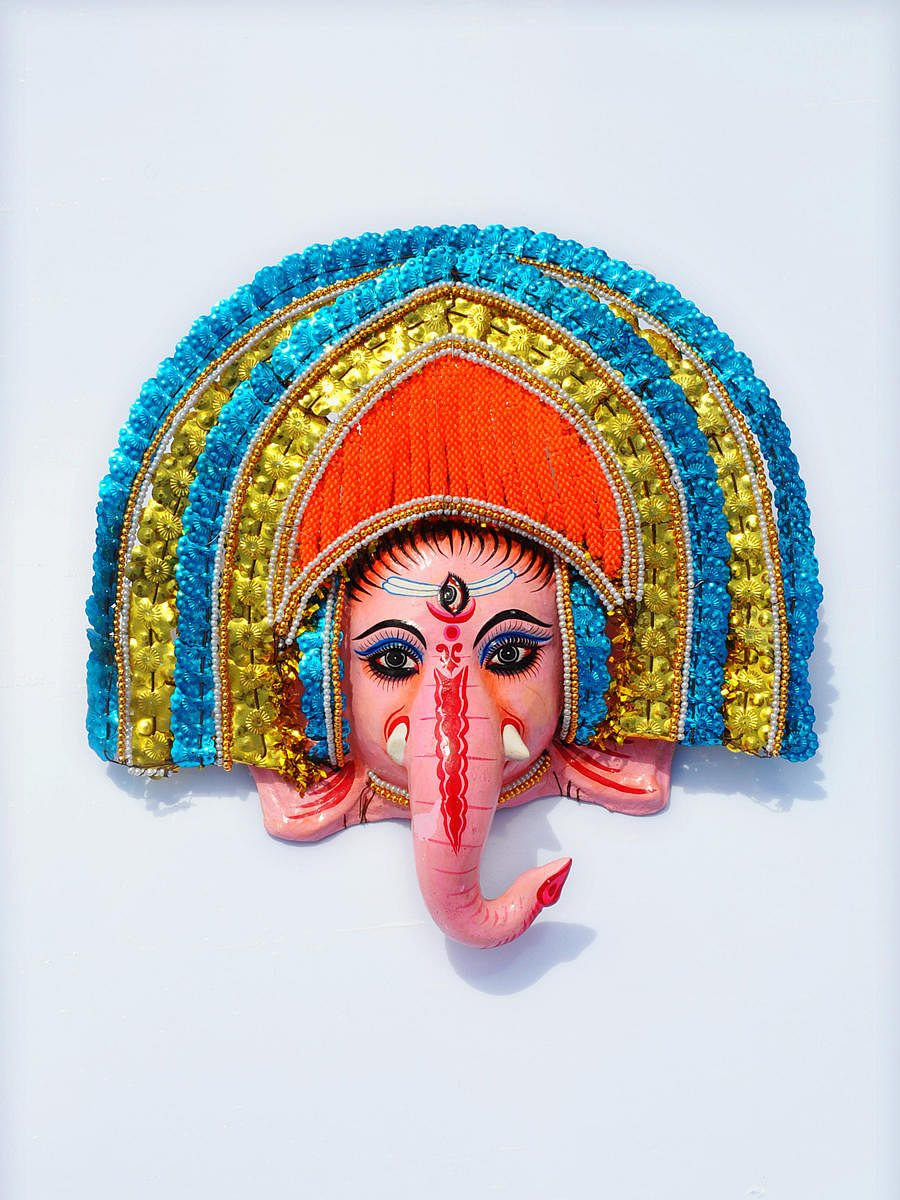Chhau dance, a tribal, folk and martial art form that has been around for close to 800 years, belongs to the three states of West Bengal, Jharkhand and Odisha.
However, the dancers of Chhau in the district of Purulia in West Bengal are known as master craftsmen of the Chhau masks - light, handy and colourful. The beauty of the dance is highly dependent on the masks.
The 150-year-old Chhau masks of Purulia date back to the times of King Mohan Singh Deo of Baghmundi, Purulia. In contemporary times, the agrarian-based Baghmundi hamlet stands as the provider of some of the best Chhau masks. Crafting Chhau masks forms their alternate source of income.
The craftsmen, who reside in the Charida hamlet in Baghmundi, mostly belong to the traditional sutradhar caste.
Today, every home in the hamlet is into crafting the masks, and both men and women are involved in the process.
Chhau masks are made from paper pulp, hand-painted with natural colours, and adorned with plastic beads.
Paper, clay and mud are the main raw materials to make moulds. Once the mould is shaped, it's sundried and then coloured with pastel shades. The masks take the shape of characters from Indian epics and mythologies.
Ideally, it takes a group of four craftsmen a day to make eight masks.
And to take these masks in different sizes to people, the three-year-old outfit Made in Bengal, which also has a store in Hindustan Park, provides an e-commerce platform.
The website offers miniature masks of a pantheon of Hindu gods.
For instance, the family of 'Goddess Durga Masks' comprises seven pieces including the faces of Shiva, Durga, Mahishasura, Saraswati, Lakshmi, Ganesha and Kartik, pegged at Rs 1,000. Tourists certainly engage in buying these masks as souvenirs. The other two masks are the Saraikela Chhau masks of Jharkhand and the Mayurbhanj Chhau masks of Odisha.
